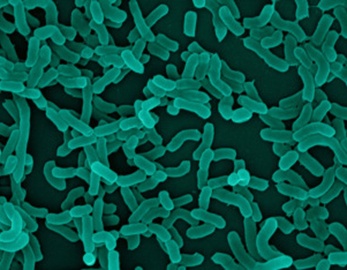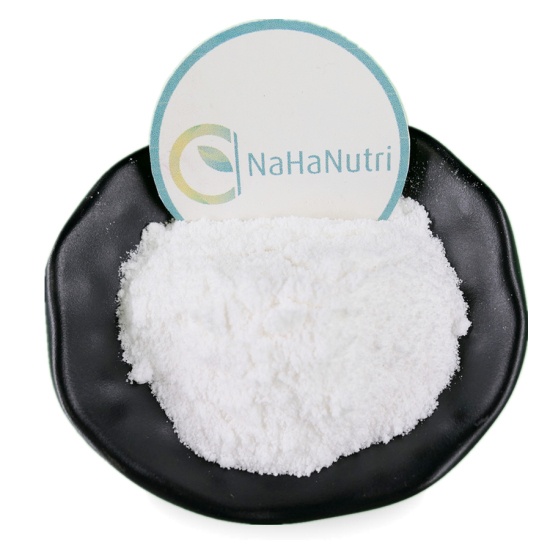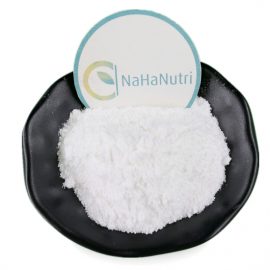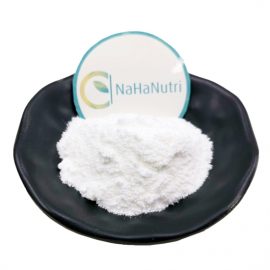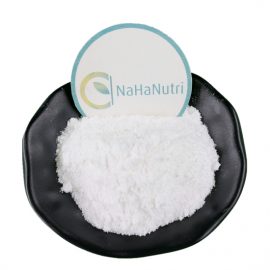A basic information
Lactobacillus casei is a Gram-positive bacterium that produces no spores, no flagella, does not move, is facultative heterofermentative lactose, and does not liquefy gelatin.
Product specifications
Active lactic acid bacteria content ≥10 billion cfu / g, packed in aluminum foil bag, 1 kg / bag.
Strain characteristics
1. Wide variety of bacteria sources, widely exist in oral cavity, intestine, dairy products, etc .;
2. Can survive in the intestine in large numbers, play a role in regulating the intestinal flora balance, and promote human digestion and absorption;
3. It has the functions of effectively lowering blood pressure and cholesterol, promoting cell division, generating antibody immunity, enhancing human immunity, preventing cancer and inhibiting tumor growth;
4. It has a probiotic health effect to relieve lactose intolerance and allergies;
5. Can inhibit and kill many spoilage and pathogenic bacteria in food, and does not affect food properties, and can even improve food characteristics;
6. The strains have high safety and are suitable for various constitutions, especially for allergic constitutions.
Size and colony morphology
1. Size Under the electron microscope, the general size is about 0.4 to 1.1 um * 1.5 to 5 um. The bacteria usually have square rod-shaped bacteria at both ends, which are generally chain-shaped. as the picture shows:
2. Colony morphology was grown on MRS plate and cultured at 37 ° C for 24 hours. The colony size was 1.0-3.0mm, the front was round, the edges were neat, the sides were low convex, the surface was moist and smooth, milky white, opaque, slightly acidic. .
Suitable for growing environment
The bacteria are suitable for growth under facultative anaerobic conditions. Increasing carbon dioxide concentration may promote growth. The growth temperature ranges from 15 to 45 ° C, and the optimum temperature is 37 ° C. It has acid resistance, pH resistance to 2.5, and bile salt resistance to 0.4%.
Growth characteristics
1 culture characteristics: culture in the laboratory, can be cultured with MRS medium;
2 Biochemical characteristics: Lactobacillus casei can ferment fructose, galactose and glucose, can not use melibiose, raffinose and xylose, can not decompose arginine to produce ammonia, the lactic acid produced is L-shaped. Lactobacillus casei has certain resistance to general antibiotics, and can inhibit pathogenic E. coli and Staphylococcus aureus, which may be related to the bacteria themselves or their metabolites.

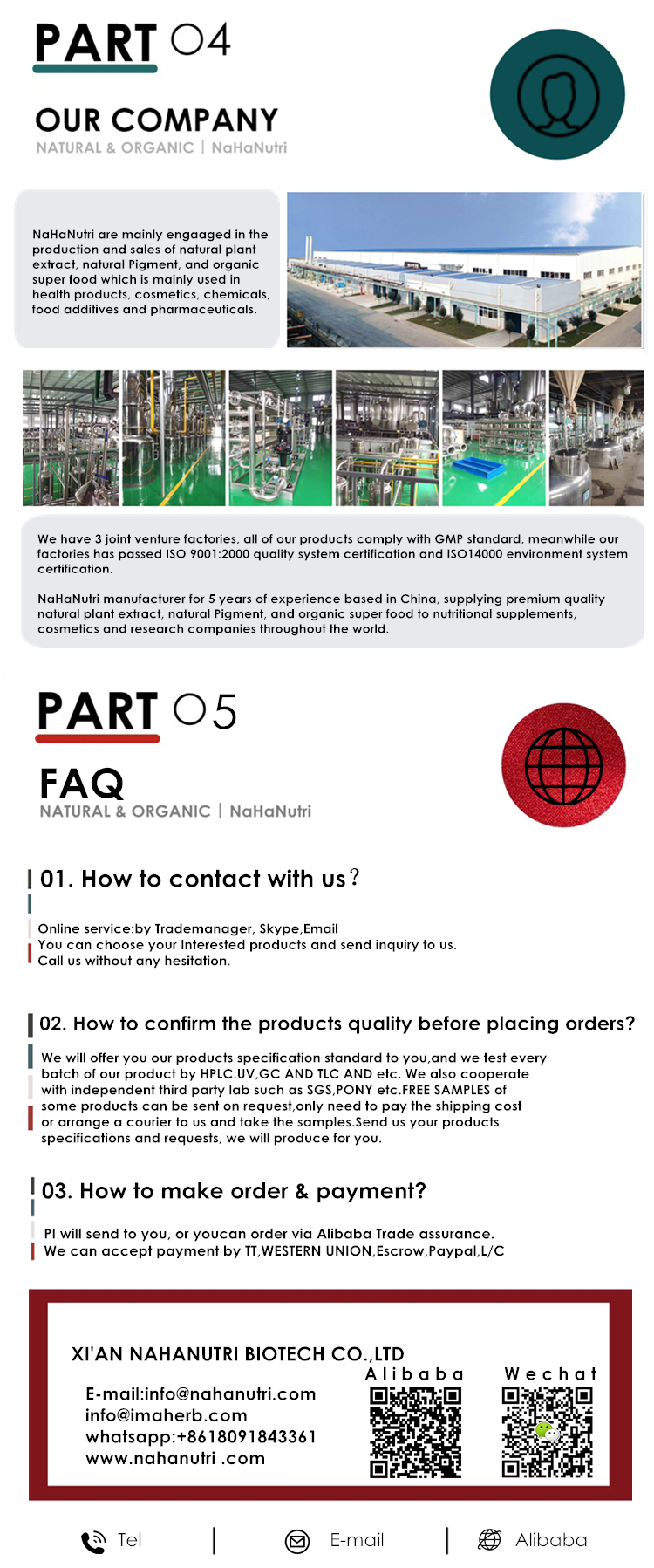
Lecithin

